In the realm of fastening technology, continuous advancements have led to the development of more efficient and reliable solutions. One such innovation that has made a significant impact is the Taptite screw. Taptite screws, also known as Taptite II or Taptite 2000, represent a revolutionary step in fastener design, providing improved thread-forming capabilities and enhanced resistance to loosening. In this article, we will explore the origins, mechanics, benefits, applications, and future prospects of Taptite screws, shedding light on their pivotal role in modern engineering and manufacturing.
Overview of Taptite Screw
Taptite screw, also known as Taptite II or Taptite 2000, is a type of threaded fastener specifically designed to enhance thread-forming capabilities and improve resistance to loosening caused by vibrations and dynamic loads. It was first introduced in the 1970s as an innovative solution to address the limitations of conventional screws in critical applications. The key features that set Taptite screws apart from traditional screws are their unique thread design and self-threading capabilities.
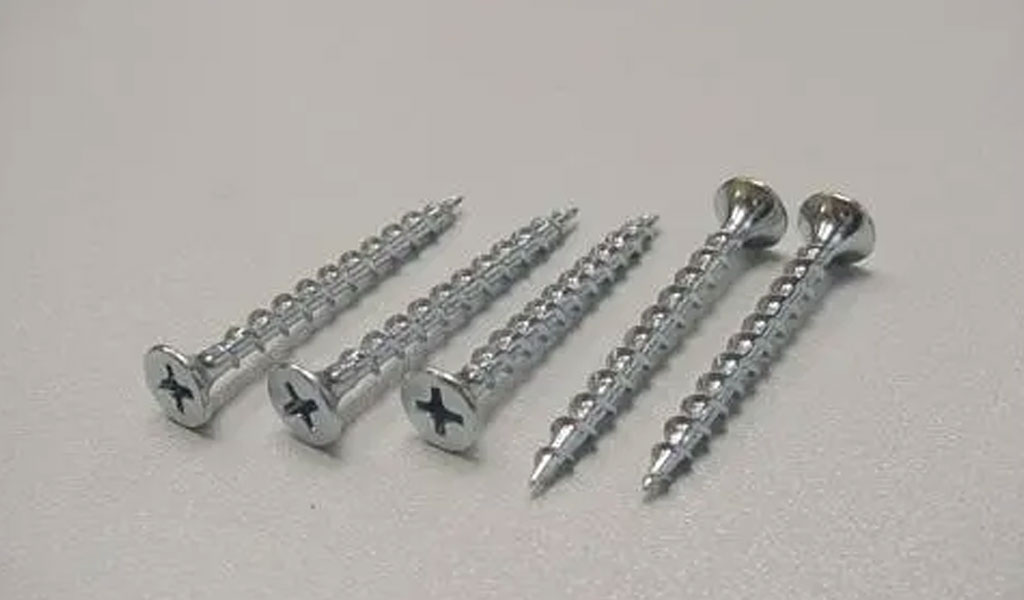
Taptite screws have a double-lead thread configuration, consisting of a larger-diameter thread on the screw’s outer diameter and a smaller-diameter thread on the inner core.This double-lead design allows the screw to engage with the material more effectively and efficiently.
When a Taptite screw is driven into a pre-drilled hole, the larger-diameter outer threads engage with the material, while the smaller-diameter inner threads cut into the material.This process creates mating threads in the material, allowing for a strong and secure connection. The improved thread engagement enhances the joint integrity, making it less susceptible to loosening due to vibrations and other dynamic forces.
Understanding Screw Related Articles:
Sizes and Dimensions of Taptite Screw
Below is a table chart that provides common sizes and dimensions of Taptite screws. Please note that the sizes and dimensions presented are standard measurements and may vary slightly depending on the manufacturer and specific product series. Always refer to the manufacturer’s specifications for precise measurements.
| Nominal Size (Diameter) | Major Diameter (D) (mm) | Minor Diameter (d) (mm) | Pitch Diameter (Dp) (mm) | Length (mm) |
|---|---|---|---|---|
| #2 | 2.20 | 1.85 | 2.03 | 3 – 12 |
| #3 | 2.53 | 2.18 | 2.35 | 3 – 16 |
| #4 | 2.86 | 2.51 | 2.68 | 3 – 25 |
| #5 | 3.18 | 2.83 | 3.00 | 4 – 25 |
| #6 | 3.51 | 3.16 | 3.33 | 4 – 30 |
| #7 | 3.83 | 3.48 | 3.65 | 5 – 30 |
| #8 | 4.14 | 3.79 | 3.97 | 6 – 40 |
| #10 | 4.47 | 4.12 | 4.30 | 8 – 50 |
| #12 | 4.80 | 4.45 | 4.63 | 10 – 60 |
| #14 | 5.13 | 4.78 | 4.96 | 12 – 70 |
The “Nominal Size” column represents the size designation of the Taptite screw, denoted by a number such as #2, #3, #4, and so on, which corresponds to the screw’s diameter. Smaller numbers represent smaller diameters.
The “Major Diameter (D)” column provides the largest diameter of the screw’s threads, measured from crest to crest.
The “Minor Diameter (d)” column gives the smallest diameter of the screw’s threads, measured from root to root.
The “Pitch Diameter (Dp)” column indicates the diameter at which the width of the threads matches the space between threads.
The “Length” column specifies the available lengths of Taptite screws, which vary depending on the application requirements.
When selecting Taptite screws for a specific application, it is essential to consider the material thickness and assembly requirements to ensure a secure and reliable fastening solution. Additionally, always refer to the manufacturer’s specifications and guidelines for precise measurements and recommendations based on the intended use.
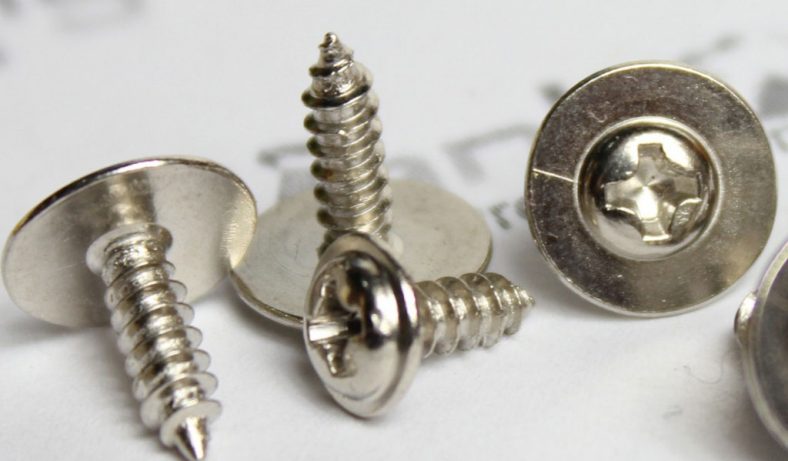
The Mechanics of Taptite Screws
Taptite screws feature a unique thread design that enhances their self-threading capabilities. The screw has a double-lead thread configuration, consisting of a larger-diameter thread on the screw’s outer diameter and a smaller-diameter thread on the inner core.
This double-lead design enables the screw to engage with the material more effectively, reducing torque requirements and minimizing the risk of thread stripping.
When a Taptite screw is driven into a pre-drilled hole, the larger-diameter outer threads engage with the material, while the inner threads cut into the material. This process creates mating threads, allowing for a strong and secure connection. The double-lead thread design also aids in better thread engagement, leading to improved resistance against loosening due to vibrations and dynamic loads.
Advantages of Taptite Screws
- a. Enhanced Thread Forming: The double-lead thread design of Taptite screws allows for superior thread-forming capabilities, resulting in stronger, more reliable connections.
- b. Resistance to Vibrational Loosening: The unique thread design, along with the improved thread engagement, significantly reduces the risk of screws loosening due to vibration and dynamic loads.
- c. Reduced Torque Requirements: Taptite screws typically require lower insertion torque compared to traditional screws, making them easier to install and resulting in less wear on power tools.
- d. Elimination of Tapping Operations: The self-threading capability of Taptite screws eliminates the need for tapping operations, streamlining assembly processes and reducing production time.
- e. Wide Range of Applications: Taptite screws find use in various industries, including automotive, aerospace, electronics, construction, and appliances, due to their versatility and performance.
- f. Improved Joint Integrity: The enhanced thread engagement and resistance to loosening ensure greater joint integrity, leading to longer-lasting and more durable assemblies.
The Origins of Taptite Screws
The origins of Taptite screws can be traced back to the 1970s when they were first introduced as an innovative solution to address the limitations of conventional screws in critical fastening applications. The development of Taptite screws was driven by the need for a reliable and efficient fastener that could overcome issues related to thread stripping, torque control, and loosening caused by vibrations in assembled joints.
The Taptite screw was created by REMINC, a division of Textron Fastening Systems (now Acument Global Technologies). The company recognized the challenges faced in the fastener industry at the time, particularly when it came to achieving secure and reliable connections in critical applications.
The team at REMINC worked on designing a new type of fastener that would offer improved performance and efficiency. The result was the Taptite screw, which incorporated a unique thread design that allowed it to enhance its self-threading capabilities and provide better resistance to loosening due to vibrations and dynamic loads.

Types and Uses of Taptite Screw
Their unique thread design and self-threading capabilities make them ideal for use in critical fastening applications. Let’s explore the different types of Taptite screws and their common uses:
Taptite® Standard Screw:
The Taptite standard screw is the original and most widely used type of Taptite screw. It features the characteristic double-lead thread design, with a larger-diameter thread on the screw’s outer diameter and a smaller-diameter thread on the inner core. The self-threading capabilities of this screw enable it to form strong and secure connections in various materials.
Uses: Taptite standard screws are versatile and find applications in industries like automotive, electronics, construction, and general manufacturing. They are suitable for fastening components in metal, plastic, and wood.
Taptite® 2000 Screw:
The Taptite 2000 screw is an enhanced version of the standard Taptite screw. It is designed to provide even better performance in critical applications by offering improved thread-forming capabilities and higher torque resistance.
Uses: Taptite 2000 screws are often used in industries where joint integrity is crucial, such as aerospace, automotive assembly, and heavy machinery manufacturing. They are suitable for applications that involve high stress, vibrations, and dynamic loads.
Taptite® II Screw:
Taptite II screws are designed to achieve optimal performance in softer materials like plastic and light metals. They have a modified thread design that allows for better thread-forming in these materials.
Uses: Taptite II screws are commonly used in electronics, automotive interiors, and various consumer products that involve fastening plastic components.
Taptite® 2000 PTH Screw:
The Taptite 2000 PTH (Pierce Point & Thread) screw combines drilling and thread-forming capabilities in one screw. It has a self-drilling, pierce-point tip that eliminates the need for pre-drilling pilot holes in metal applications.
Uses: Taptite 2000 PTH screws are widely used in metal-to-metal applications, metal roofing, cladding, and construction, where drilling and thread-forming are required in a single operation.
Taptite® Tri-Lobe Screw:
Taptite Tri-Lobe screws are designed with a unique tri-lobe thread form that offers enhanced performance in critical applications. The tri-lobe design provides better torque resistance and increased pullout strength.
Uses: Taptite Tri-Lobe screws are commonly used in automotive and aerospace industries, where high joint integrity and reliability are crucial.
Taptite® II SP Screw:
The Taptite II SP (Special Profile) screw is designed to achieve superior performance in specific applications. It offers optimized thread-forming capabilities in various materials.
Uses: Taptite II SP screws are used in specific industries and applications that require tailored fastening solutions, such as automotive assemblies and electronics.
Taptite® Tri-Point® Screw:
Taptite Tri-Point screws have a unique tri-point thread design that offers excellent thread-forming capabilities and improved vibration resistance.
Uses: Taptite Tri-Point screws are commonly used in applications where resistance to loosening due to vibrations is critical, such as automotive chassis and suspension systems.
Taptite screws come in various types, each tailored to meet specific requirements in different industries and applications. From standard Taptite screws for general use to specialized designs for critical applications, these fasteners offer enhanced thread-forming capabilities, resistance to loosening, and improved joint integrity. Their versatility and reliability have made them indispensable in industries such as automotive, aerospace, electronics, construction, and general manufacturing, where secure and efficient fastening is essential.
Main Terms and Technical Parameters of Taptite Screw
Taptite screws, also known as Taptite II or Taptite 2000, have specific terms and technical parameters that define their characteristics and performance. Understanding these terms is essential for selecting the right Taptite screw for a particular application. Here are the main terms and technical parameters of Taptite screws:
- Thread Type: Taptite screws have a unique double-lead thread design, which includes a larger-diameter thread on the screw’s outer diameter and a smaller-diameter thread on the inner core. This double-lead thread configuration enables the screw to engage with the material more efficiently, resulting in improved thread-forming capabilities and resistance to loosening due to vibrations.
- Pitch Diameter (Dp): The pitch diameter is the diameter at which the width of the threads matches the space between threads. It is a critical parameter that affects the strength and performance of the screw joint.
- Major Diameter (D): The major diameter is the largest diameter of the screw’s threads. It is measured from crest to crest of the threads.
- Minor Diameter (d): The minor diameter is the smallest diameter of the screw’s threads. It is measured from root to root of the threads.
- Nominal Size (Nominal Diameter): The nominal size, or nominal diameter, of a Taptite screw refers to its size designation. It is denoted by a number, such as #4, #6, #8, etc., which corresponds to the screw’s diameter. Smaller numbers represent smaller diameters.
- Length: The length of a Taptite screw refers to the distance from the screw’s head to the tip. Taptite screws come in various lengths to accommodate different material thicknesses and assembly requirements.
- Material: Taptite screws are available in various materials, including carbon steel, stainless steel, and other alloys. The material selection depends on the specific application and environmental conditions.
- Coating: Taptite screws may come with different coatings to enhance their corrosion resistance and provide additional protection. Common coatings include zinc plating, black oxide, and various organic coatings.
- Drive Type: Taptite screws are available with different drive types, such as Phillips, Torx, hex, or square drives. The choice of drive type depends on the tool available and the application requirements.
- Point Type: Taptite screws may have different point types, such as blunt points for wood applications or self-drilling points for metal applications. The point type determines the screw’s ability to drill its pilot hole and initiate the thread-forming process.
- Load Carrying Capacity: The load carrying capacity of a Taptite screw refers to its ability to withstand applied loads without failure. This parameter depends on factors such as the screw’s material, dimensions, and thread design.
- Torque Requirements: Taptite screws typically require lower insertion torque compared to traditional screws, making them easier to install and reducing wear on power tools.
Understanding these terms and technical parameters is crucial for selecting the appropriate Taptite screw for a specific application. Manufacturers and suppliers provide detailed specifications and guidelines for each Taptite screw type, making it easier for engineers, designers, and assemblers to choose the right fastener for their needs.
Working With An Experienced Screw Machining Partner
Each of our design tips for short production runs can help you ensure that your production process is as smooth, cost-efficient, and fast as possible. However, there’s a lot to keep track of when optimizing screw for low-volume production, so working with a trusted manufacturing partner is also a valuable opportunity to take some of the weight off your shoulders.
From design through fulfillment, when you work with Be-Cu.com, our team of experienced engineers will provide you with the support you need to make your project possible. Our quality-based tools are designed to help you pinpoint design flaws, determine optimal order quantities, and find the right material for your part’s specific application. Simply click quote and upload your screw files. We can generate instant quotes for both additive manufacturing and CNC machining projects, which means you can get started making your new screw and parts today.
-

Swiss Machining And Bending 304 Hand Sewing Needle For Textile Machinery
-
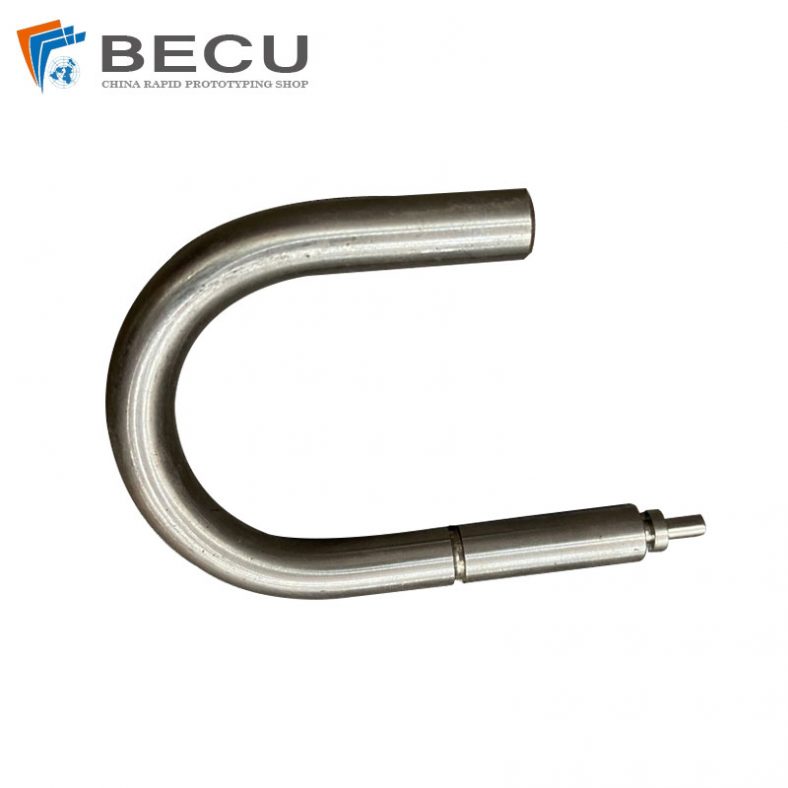
Automatic Swiss Turning Stainless Steel 316L U-bolt
-

CNC Turning-Milling Machining Copper Facial Massage Roller
-

Swiss Turning Stainless Steel 17-4 PH Positioning Bushing
-
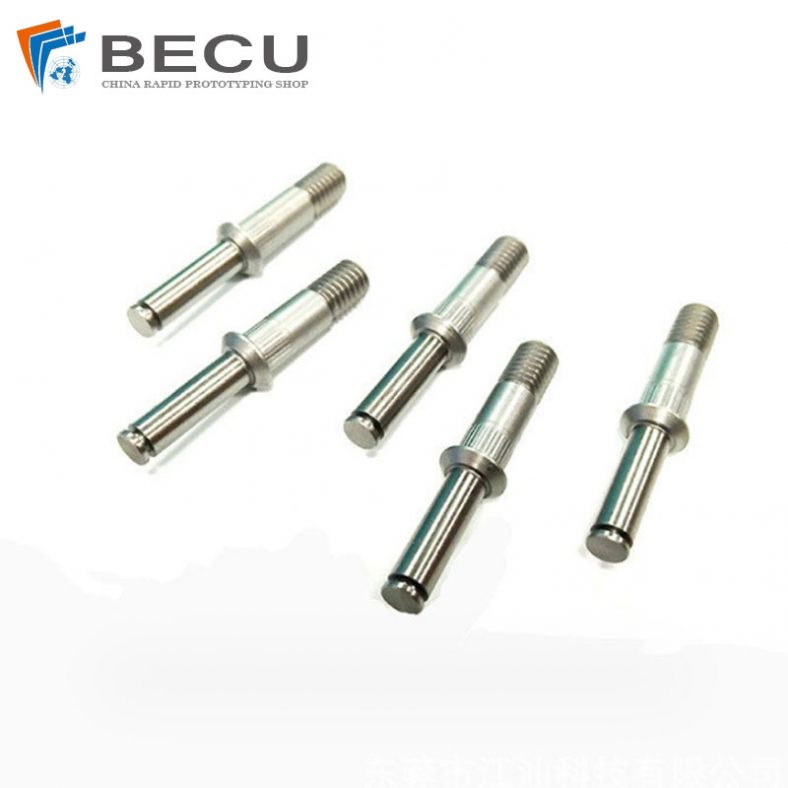
Precision Swiss Turning Titanium Alloy Medical Shaft
-

Swiss Turning 304 Stainless Steel Medical Threaded Rod
-
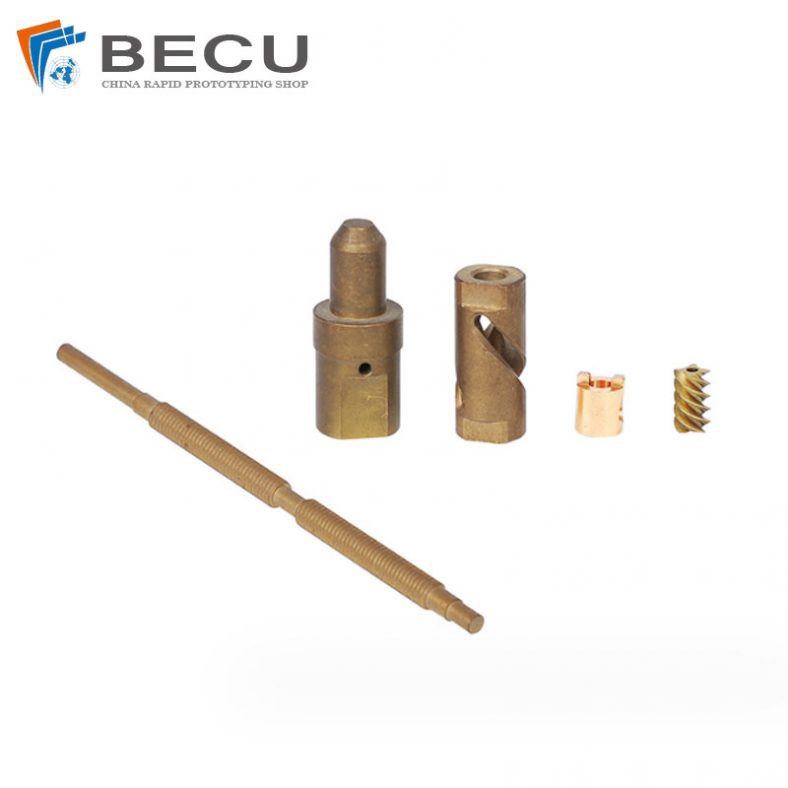
Screw CNC Machining Non-Standard Mandrel Tube Shaft
-

Swiss CNC Machining And Turning Brass 360 Shaft
-
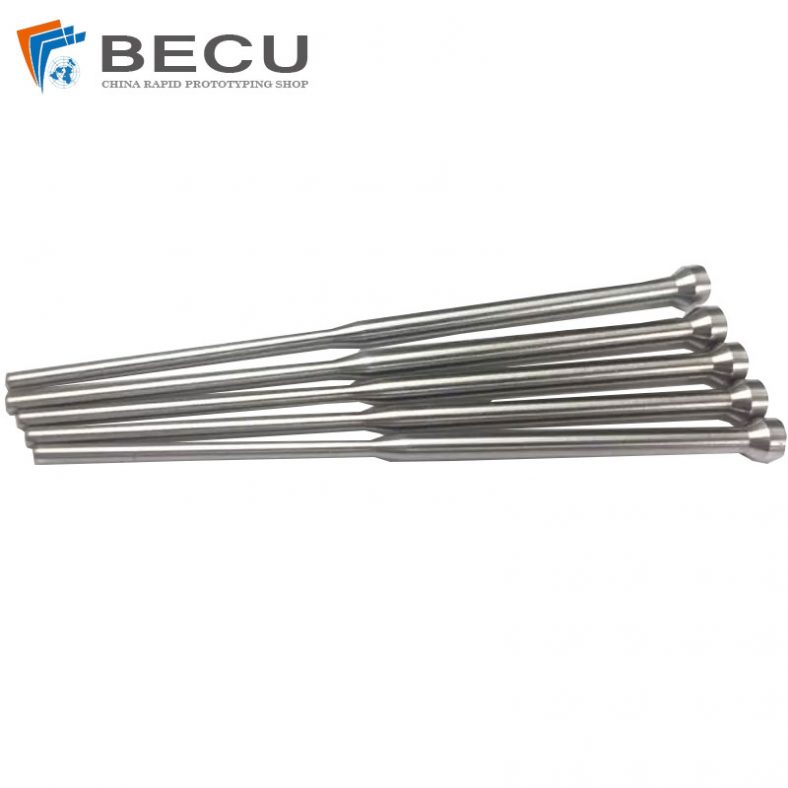
Deep Hole CNC Turning Titanium Alloy Dispensing Needle
-
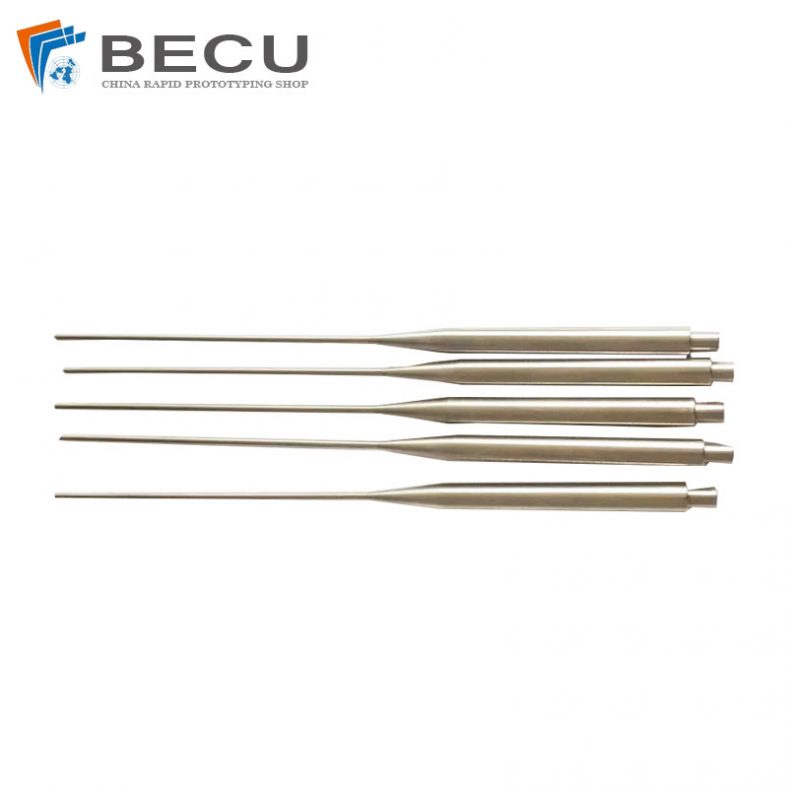
Precision Turning TC4 Alloy Medical Ultrasound Bead Needle
-
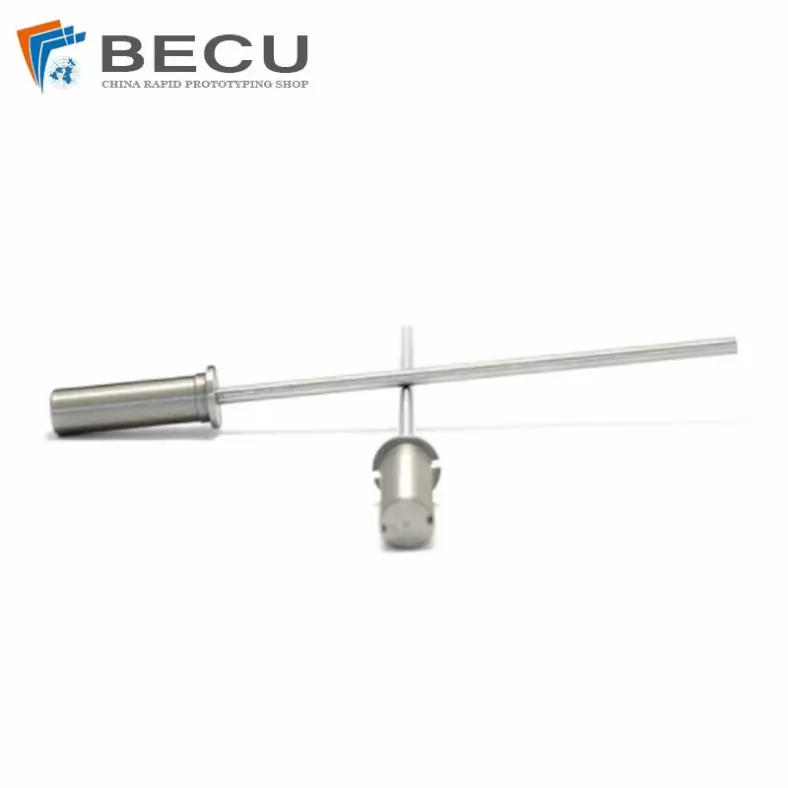
Swiss Machining Stainless Steel Alloy Medical Disposable Trocar
-

Swiss Turning Gold-Plated T2 Copper Parts
